Alternatively referred to as a bus slot or expansion port, an expansion slot is connection or port located inside a computer on the motherboard or riser board that allows a computer hardware expansion card to be connected.
Posts Categorized: MICROSOFT MTA O/S
CompTIA A+ | Microsoft MTA O/S: Power Devices and Supplies
Power Supplies Okay, now that we’ve tested our AC outlet and put some protective power devices into play, let’s go ahead and talk power supplies.
CompTIA A+ | Microsoft MTA O/S: CPU sockets
You may not typically handle the insides of your computers, but if your business requires knowledge of Central Processing Units (CPU), then you’ll also need to learn about CPU sockets
CompTIA A+ | Microsoft MTA O/S: Ports
Computer port In computer hardware, a port serves as an interface between the computer and other computers or peripheral devices.
CompTIA A+ | Microsoft MTA O/S: Hard Drives
What does a hard drive do? Storage is the hard drive’s responsibility. Everything you keep on your computer is on a hard drive.
CompTIA A+ | Microsoft MTA O/S: Notebook and Desktop Memory
What Is Memory, or RAM? System memory, frequently called main memory or RAM (Random Access Memory), is a type of computer memory that can be accessed randomly.
CompTIA A+ | Microsoft MTA O/S: Malicious Software (Malware)
Definition – What does Malicious Software (Malware) mean? Malicious software, commonly known as malware, is any software that brings harm to a computer system. Malware can be in the form of worms, viruses, trojans, spyware, adware and rootkits, etc., which steal protected data, delete documents or add software not approved by a user.
CompTIA A+ | Microsoft MTA O/S: Wireless encryption protocols
Wireless encryption protocols include:
CompTIA A+ | Microsoft MTA O/S: Common networking command-line tools
Common networking command-line tools include the following:
CompTIA A+ | Microsoft MTA O/S: Bluetooth
Bluetooth is a short-range technology aimed at simplifying communications and synchronization among network devices. Bluetooth is divided into three classes:
CompTIA A+ | Microsoft MTA O/S: Wireless Ethernet Versions
Wireless Ethernet Versions: (Name – Data Transfer Rate – Frequency)
CompTIA A+ | Microsoft MTA O/S: Cabling Standards
Cabling Standards include:
CompTIA A+ | Microsoft MTA O/S: Networking Protocols
Networking Protocols include: FTP – File Transfer Protocol : Port 21
CompTIA A+ | Microsoft MTA O/S: Types of Networks
Exam Cram: LAN = Local Area Network WAN = Wide Area Network MAN = Metropolitan (or Municipal) Area Network PAN = Personal Area Network
CompTIA A+ | Microsoft MTA O/S: Types of Custom PCs
[bs_icon name=”glyphicon glyphicon-chevron-right”] Custom PCs include: Audio/Video workstations – needs special A/V cards, fast hard drives and multiple monitors
CompTIA A+ | Microsoft MTA O/S: 7 Tips for Effective Study Habits

#1 DON’T CRAM #2 DO PLAN #3 TAKE A BREAK #4 MIX IT UP #5 PICK YOUR TOPICS #6 FIND PRACTICE TESTS #7 USE TEST PREP MATERIALS
CompTIA A+ | Microsoft MTA O/S: Wireless encryption protocols
Wireless encryption protocols include :
CompTIA A+ | Microsoft MTA O/S: Switch and Router and Firewall
Switches connect computers together in a LAN.
CompTIA A+ | Microsoft MTA O/S: ATX
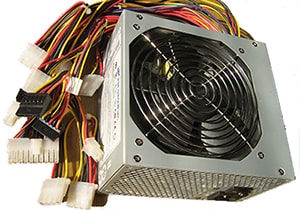
ATX 12V 2.x Power Supplies connect to the motherboard by way of 24-pin cable + 4-pin for CPU and 6 or 8-pin for video. Advantages of the ATX motherboard The ATX motherboard includes advanced control facilities, where the BIOS program continually checks the CPU temperature and voltages, the cooling fans RPM, etc. If… Read more »
CompTIA A+ | Microsoft MTA O/S: IPv4 and IPv6
IPv4 addresses are 32 bit dotted-decimal numbers (like 192.168.1.1) and can be statically (manually) inputed or dynamically (automatically) assigned by DHCP.
CompTIA A+ | Microsoft MTA O/S: 6-Step Troubleshooting Process
CompTIA 6-Step Troubleshooting Process:
CompTIA A+ | Microsoft MTA O/S: USB
Short for Universal Serial Bus, USB (pronounced yoo-es-bee) is a plug-and-play interface that allows a computer to communicate with peripheral and other devices.
CompTIA A+ | Microsoft MTA O/S: Types of Optical Discs
Optical disc drives use removable media to store and retrieve data, typically 5.25”.
CompTIA A+ | Microsoft MTA O/S: Troubleshooting Tips
No network connectivity?
CompTIA A+ | Microsoft MTA O/S: Storage Devices
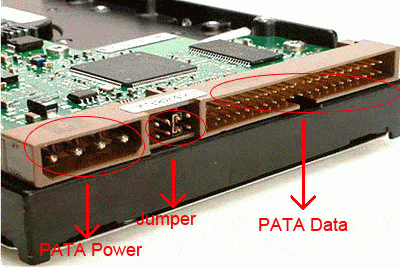
Hard Disk Drives are nonvolatile (meaning they don’t lose data when power off) devices that store data, generally 3.5”. Types of HDD include:
CompTIA A+ | Microsoft MTA O/S: RAID
RAID stands for Redundant Array of Inexpensive Disks. RAID 0 is striping, RAID 1 is mirroring , RAID 5 is striping with parity, RAID 10 is mirrored sets in a striped set. [bs_icon name=”glyphicon glyphicon-arrow-right”] RAID 0 is not fault-tolerant. If RAID 1 uses two disk controllers, it is disk duplexing. … Read more »
CompTIA A+ | Microsoft MTA O/S: Sound cards
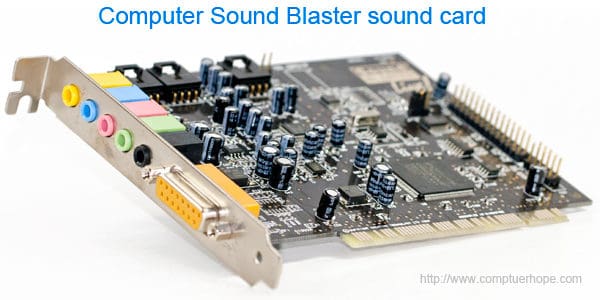
Sound cards connect as x1 PCIe or PCI cards and normally have PC 99 color-coded 1/8” mini-jacks for I/O and speakers, and optical I/Os known as S/PDIF (example: TOSLINK). Alternatively referred to as an audio output device, sound board, or audio card. A sound card is an expansion card or IC for producing sound… Read more »
CompTIA A+ | Microsoft MTA O/S: Video cards

Video cards connect to motherboards by way of x16 PCIe (most common, typically black), AGP (brown), or PCI (white) expansion slots.
CompTIA A+ | Microsoft MTA O/S: Random Access Memory (RAM)
Random Access Memory (RAM) types include SDRAM, DDR, DDR2, DDR3, RDRAM and SODIMMs.
CompTIA A+ | Microsoft MTA O/S: CPU
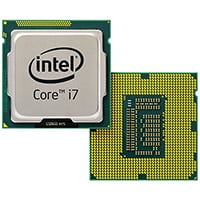
The Central Processing Unit (CPU) or processor takes care of all calculations.
CompTIA A+ | Microsoft MTA O/S: Motherboards
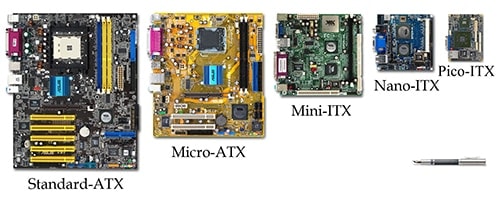
Motherboards – Connect everything together. Typical form factors include ATX (most common), microATX, ITX, and BTX.







